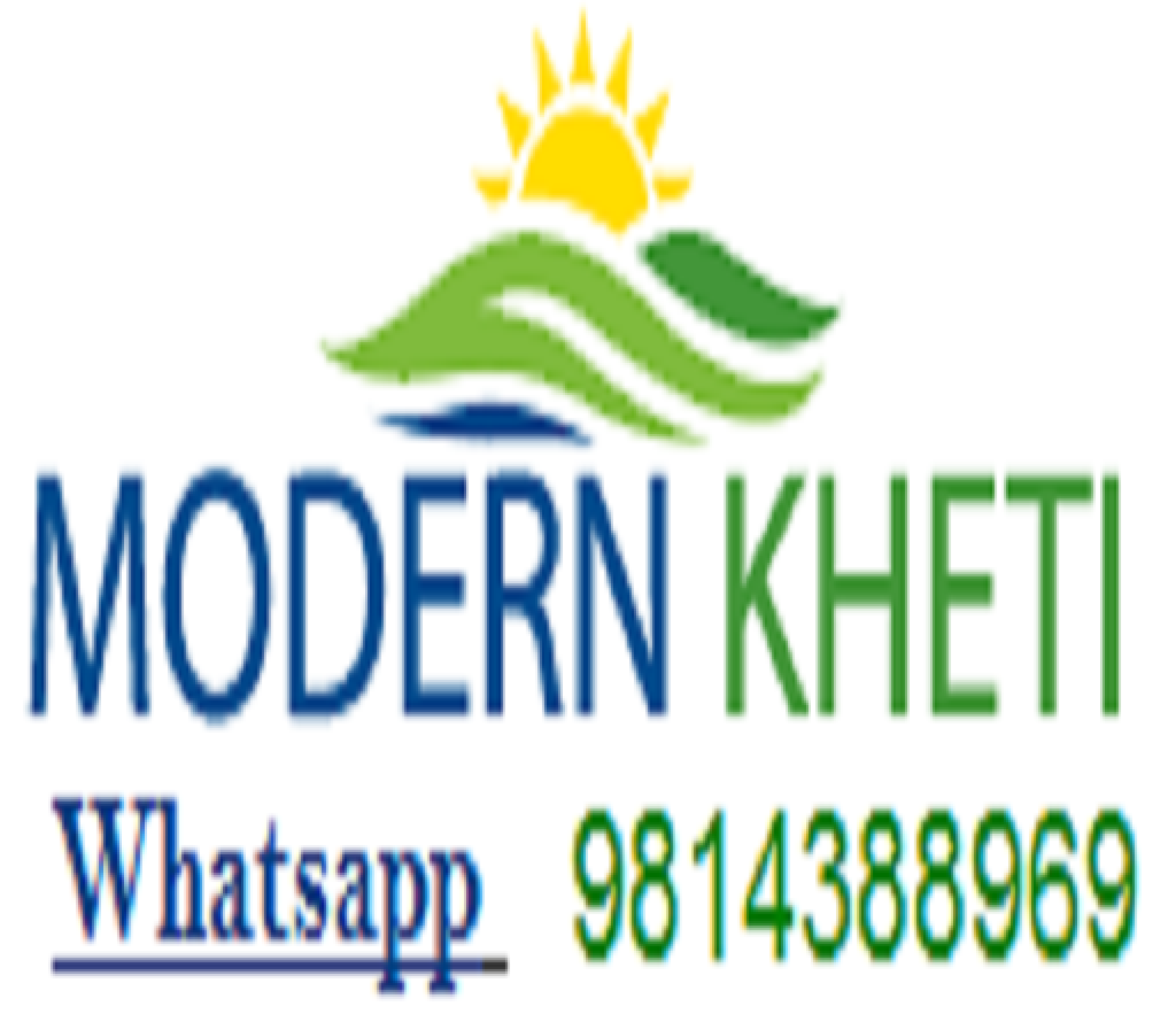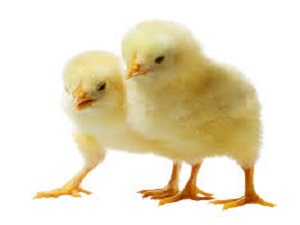ANATONMY & PHYSIOLOGY
- Why should we know something about the Anatomy & Physiology of Chicken ?
- What type of creature is a Chicken ?
– Short life – High body temp.
– Rapid pulse – High Reproductive rate
– Quick digestion – Physiological activities
are inter – related.
3.Parts & functions in a Chicken :
- Feathers
- Conserves body temperature
- Protects the skin
- Feathering indicates growth
- Hormonal activates – Molt
read more
-
- SKELETON :
- Importance in Broilers
- Respiration
- Red Cells
- Medullary bones
- Brain – Spinal Cord
-Control of Endocrine glands
– Damages to the brain
– High temperatures
– Injuries
Circulatory System : BODY FRAME
Facts about the skeletal Frame Work :
- Skeletal growth is Rapid
- Reaches max. size weeks before body weight stops increasing.
- 90% of shank length growth is completed by 10
- Only about 45 % of body weight is completed by 10
- Shank lengths reach maximum length by 16 – 18
- Body weights continue increasing till about 40 weeks.
- More difficult to alter skeletal growth than body growth.
Respiratory System :
- Entirely different from mammals
- Larynx Trachea
- Lungs Absorption of Oxygen
Take away spent gases
- Air Sacs : Help in pumping air IN & OUT
- Hollow bones
Advantages & Disadvantages of the Respiratory Mechanism in chicken.
Nervous System :
Heart, Pericardium
Blood & Anemia, Red Cells
Comb – an indicator.
Digestive System
- Tongue : Swallowing
Amylase
- Gullet
- Crop – Storage
– Softening of feed
Crop Mycosis
- Proventriculus
– Gastric Juices
– HCI & Pepsin
– Papillae
Digestive System
- Gizzard
– Muscles for grinding
– Insoluble grit
- Small Intestines
– Duodenum
– Villi
Keep intestines in good condition for maximum ABSORPTION
- Large Intestines : Absorption of water
– Loose droppings
– Dehydration
CECA :
– Bacterial Fermentation
– Digestion of fibre
Pancreas :
– Pancreatic Juices , Insulin, Trypsin, Amylase, Lipase
Liver :
– A Laboratory
- Bile
- Met. Of Proteins & Fats
- De – toxification
- Processing & distribution of digested food
- Changes carbohydrates into Glucose
- Manufactures, alters & Stores many nutrients –
– Vitamins
– Minerals
– Sugar
Liver & Hepatitis
REPRODUCTION
- Ovary : Cluster of Ova : 12000 – 15000 ovarian follicle
- Ova increase in size in sequence
- Liver supplies yolk material
- Increase by Hormonal influence
FSH
- Pattern of maturation
Upto 10 days before ovulation : Very Slow
9th & 8th day : Rapid
7 – 4 : Very Rapid
Last 3 days : Slow
Ovulation : Leutenising Hormone (LH)
(Ca, P, Vitamins)
15 – 75 mts after previous egg.
- Oviduct :
Infundibulum : Grasping
(15 mts) – Fertilisation
Magnum : (3 hrs)
Secretion of Albumen
Isthmus :
Shell membranes (1½ hrs)
Uterus or Shell gland
– Shell formation & pigment
19 – 20 hrs + 15 mts.
Estrogen : Prepares Oviduct
Ovary
Progesterone : Albumen, Shell
Some Practical Thoughts :
– Germinal Disc
– Calcium & Shell
– Clutch
– Jumbo eggs & Lighting
– Diseases of Rep. System



Comments are closed.